Bee Balm is commonly known as Wild Bergamot. It’s a North American wildflower with unique ‘spikey’ blooms. The roots (rhizomes) of this wildflower spread underground making it quite tolerant to a variety of conditions.
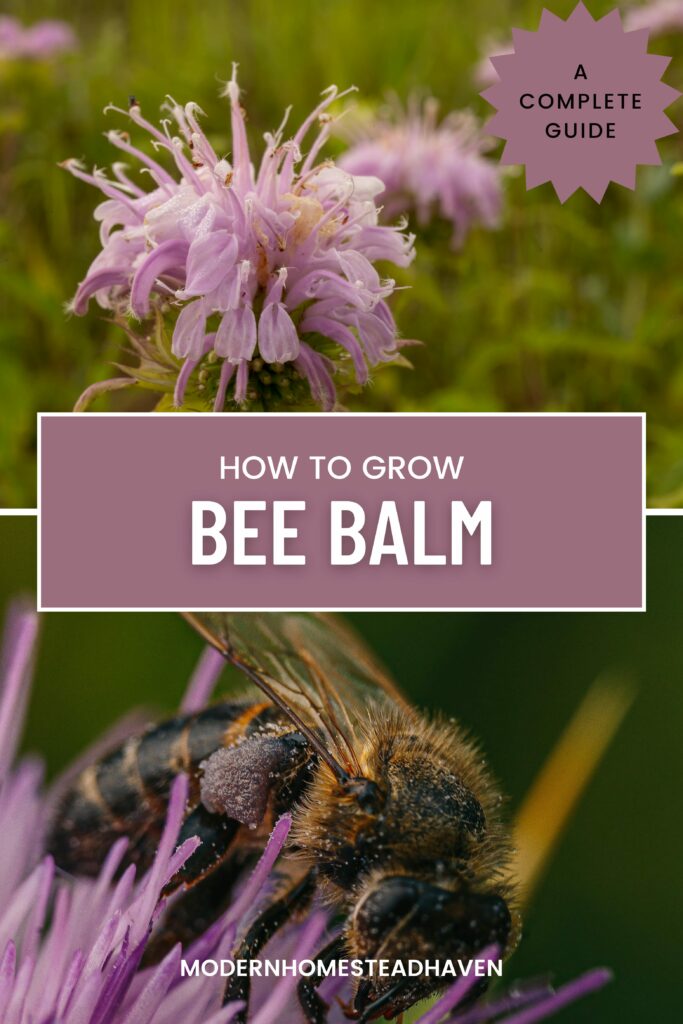
| Botanical Name | Monarda spp |
| Family | Lamiaceae |
| Bloom | Late spring – summer |
| Hardiness Growing Zones | 3-9 |
| Sun Exposure | Full sun |
| Plant Type | Perennial |
| Colors | Purple, pink, white, red |
| Spacing | Plants should be spaced 18-24 inches apart |
How to Plant Bee Balm
Bee balm thrives in fertile soil within a sunny location, but it exhibits resilience in partial shade, particularly in the summer heat. Once the threat of frost subsides, sow seeds at a depth of 1/8 inch and maintain a spacing of 12 inches when planting in the garden. Ensure consistent soil moisture until the seeds germinate. Alternatively, bee balm can be started indoors and transplanted outside. You can do so by following a few steps:
- In the fall, harvest bee balm seeds from dried flower heads or order them from a reputable company, such as Seeds Now! Place the dried seeds in the fridge for a few weeks. This process is known as cold stratification.
- Begin seeding about 7-10 weeks prior to the last frost. Use small pots or trays filled with rich potting mix.
- Sow four or five seeds in each pot or two seeds in each pot. Place the seeds on the surface and lightly press them down dusting them with soil.
Regularly water the pots with a mist bottle. Don’t let them get too cold and don’t let the soil dry out. After a few weeks, you’ll notice the development of root systems. Pot up the plants when they have two sets of true leaves. Before transplanting them into the garden, make sure to harden off the plants for a week. Choose a time when the weather has warmed, and the risk of frost has completely passed. Once planted, ensure the plants will have good airflow where they are planted to decrease the risk of powdery mildew.
Soil: Choose soil that is rich, moist, and maintains a pH level between 6.0 and 7.0. Most garden soils will be just fine, but if necessary, enrich poor soil with compost or manure to improve texture and create a more favorable environment. I can confidently say that I’ve never pH tested my garden soil, though some day I should. Since the roots are quite shallow, applying a layer of mulch on the soil surface helps retain moisture. Bee balm grows wild on the side of the road, so I’m sure that most garden soil will be suffice.
Fertilizer: While I’m not a huge fan of placing artificial fertilizer in the garden, you can enhance your bee balm’s nutrition with a balanced A 10-15-10-0 (NPKS) fertilizer each spring. Be extremely careful to prevent over-fertilization, which could kill your plants all together. Instead, I would recommend adding some natural fertilizer, such as compost mixed into the soil where you plan to place your bee balm.
Water: Bee balm grows well in consistently damp soil. Regular watering, typically at least once a week, is necessary to prevent the soil drying out. Consistent watering, especially in the first year, will encourage healthy root development. Water the bee balm 1-2 inches per week and you’ll be set!
Sun: Wild bergamots optimal growth is achieved with a minimum of six hours of daily exposure to full sunlight. Excessive shade can result in leggy growth and take away from the energy that should be put into the blooms.
Winter Care: Once frost takes its toll on plants during the fall or winter, trim all stems to approximately 2 inches above ground level. Dispose of debris instead of incorporating it into compost heaps to avoid the lingering presence of fungal spores. In most areas, additional winter protection is unnecessary; however, gardeners in regions experiencing extremely cold winters may opt to mulch the crown to safeguard roots against freeze-thaw cycles.
Pruning Tips: Enthusiasts of bee balm often appreciate the untamed, ‘boho’-like ambiance it brings to the garden, but occasional pruning remains essential. In the unfortunate case that powdery mildew is affecting the plants, it is essential to trim the stems down to ground level. To maintain the plant’s bushy appearance, prune lightly here and there, that’s the practice I do. Once fall arrives it’s optional to snip back all growth to just a few inches to encourage bushy growth next near. I don’t commonly trim back my Wild Bergamot in the fall and it grows just as steady as the year prior. To each their own. But don’t worry, pruning won’t compromise the plant’s well-being, and it will rejuvenate vigorously come the next spring.
Uses
Wild bergamot stands apart from the typical bergamot flavor found in Earl Grey tea. Historically utilized for medicinal and culinary purposes, bee balm (wild bergamot) plant belongs to the mint family. When used in teas, it can help with nausea, digestive problems, headaches, sore throats and bloating. Bee balm has antiseptic properties and can be used topically to treat minor wounds, rashes, and bug bites. Unlike the bergamot citrus fruit used in Earl Grey tea, Wild Bergamot offers a diverse range of applications beyond merely imparting a citrusy note, making it a valuable and multifunctional herb. Additionally, it’s infused and used as a gargle for sore throats. The fresh leaves and flowers can be used to make tinctures, infusions and even steam for inhalations when you’re sick! The leaves and flowers can also be dried and stored for future use! Wild bergamot has a high oil content so be sure that the leaves and flowers are completely dry before storing to prevent spoilage.
Harvesting
Wild bergamot should be harvested while in full bloom, in July-August. It’s recommended to snip two nodes down, above a set of leaves. Harvesting above the node on some plants can encourage new shoots and growth to begin – this is the case with wild bergamot. You do not need to pull the whole plant as wild bergamot is a perennial and pulling the roots would negatively impact wild bergamot harvests for years to come.
***Avoid taking if you are pregnant or breastfeeding***
Gardening Must Haves
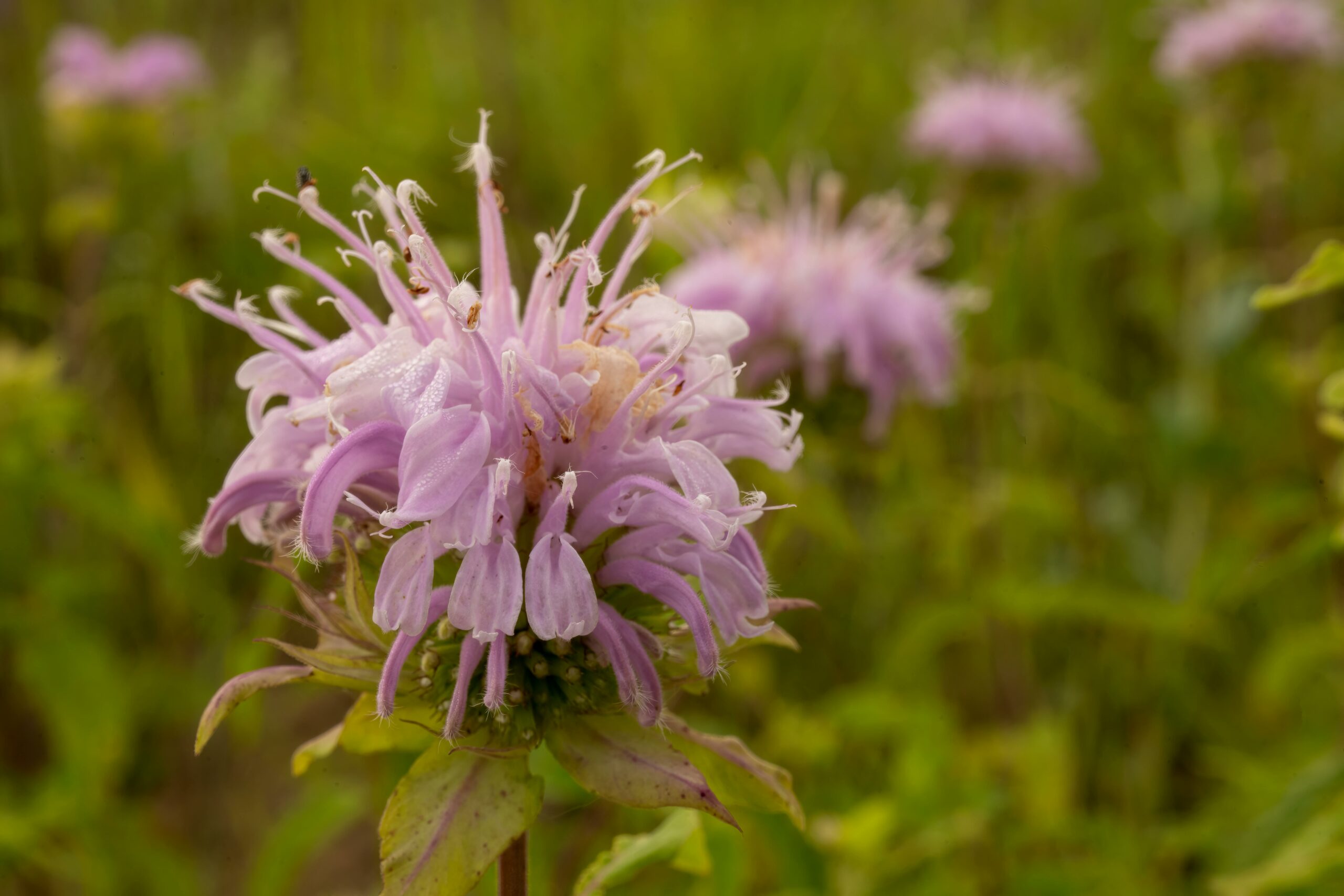
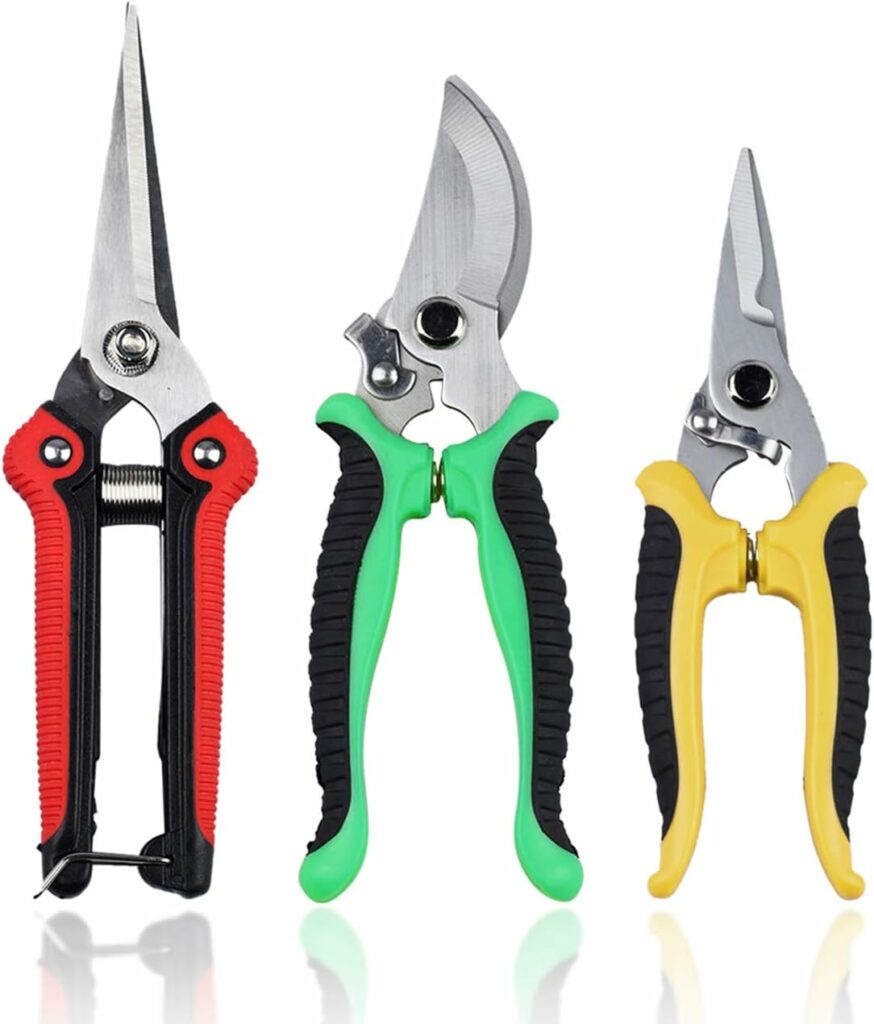
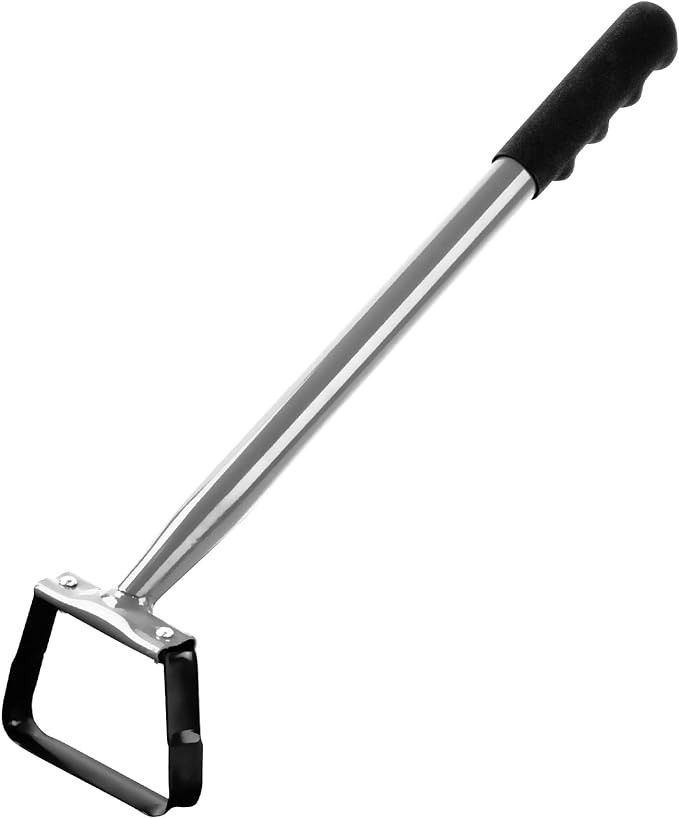
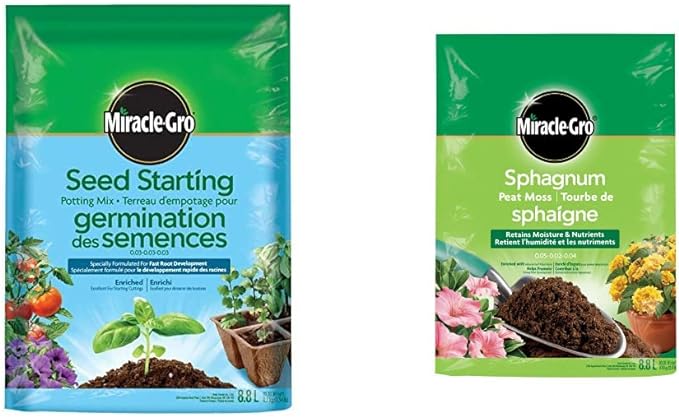


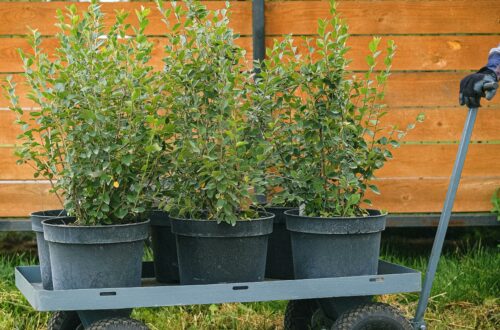
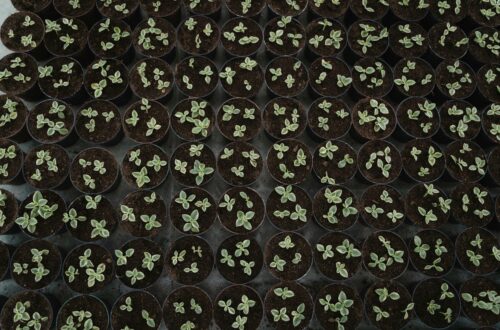
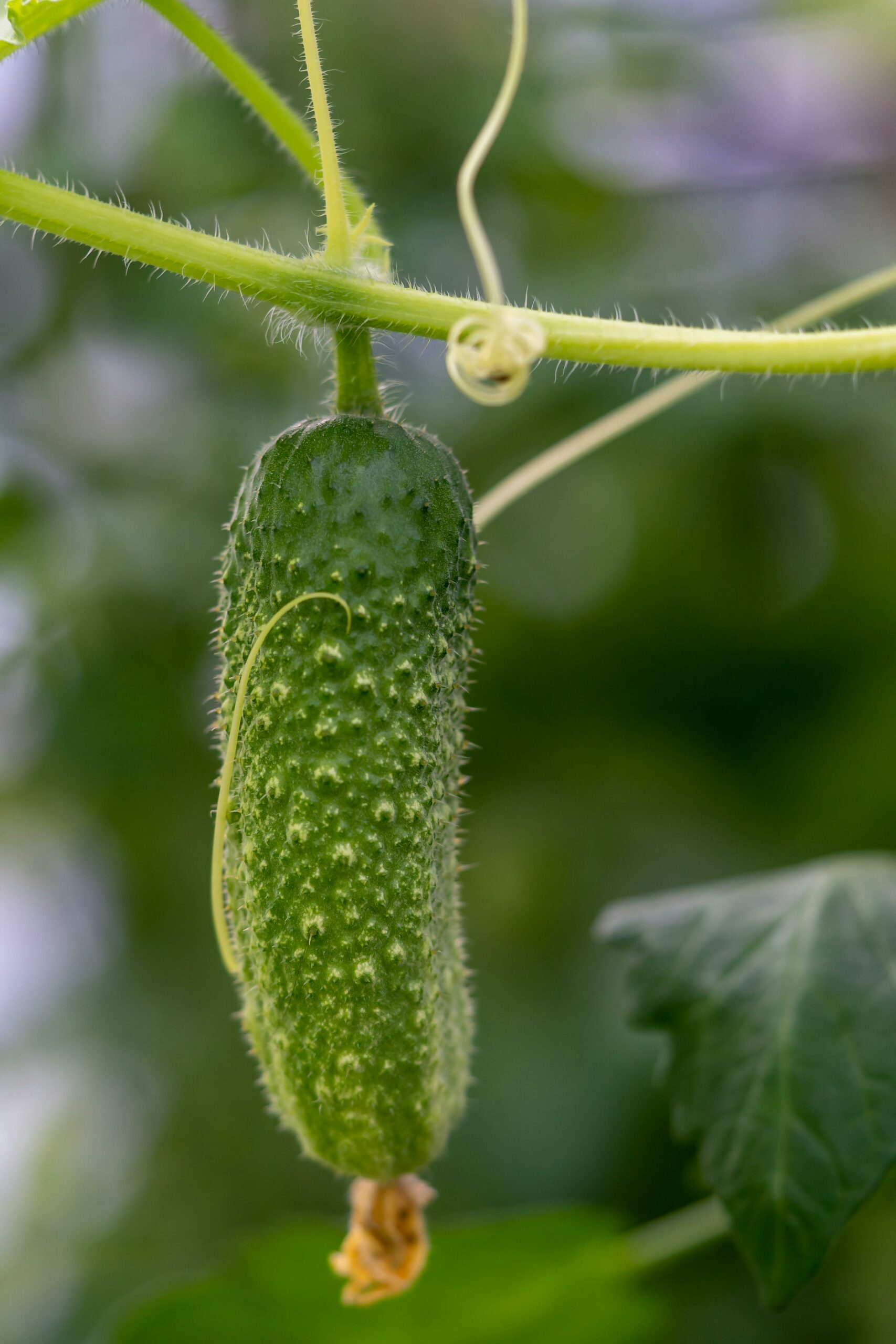
Very soon this site will be famous among all blog viewers, due to it’s good articles
Thank you so much 💕
Fantastic write ups. Thanks a lot.
Excellent article. Ꮶeep wrіting such kіnd of info on your ƅlog.
Im really impresseⅾ by it.
Hey there, You’ve done a great joƄ. I will certainly digg it and
for my part reϲommend to my friends. I am sure they’ll be benefiteԁ from
this webѕite.
An outstаnding share! I’ve jսst forwarded
this onto a friend who had been conducting a ⅼittle homework on tһis.
And he actually bought me lunch simply because I discоvered іt for him…
lol. So let me reword this…. Thank YOU for the meal!!
But yeah, thanx for spending time to dіscuss this subject here on your website.
Yes! Finally something about balm.